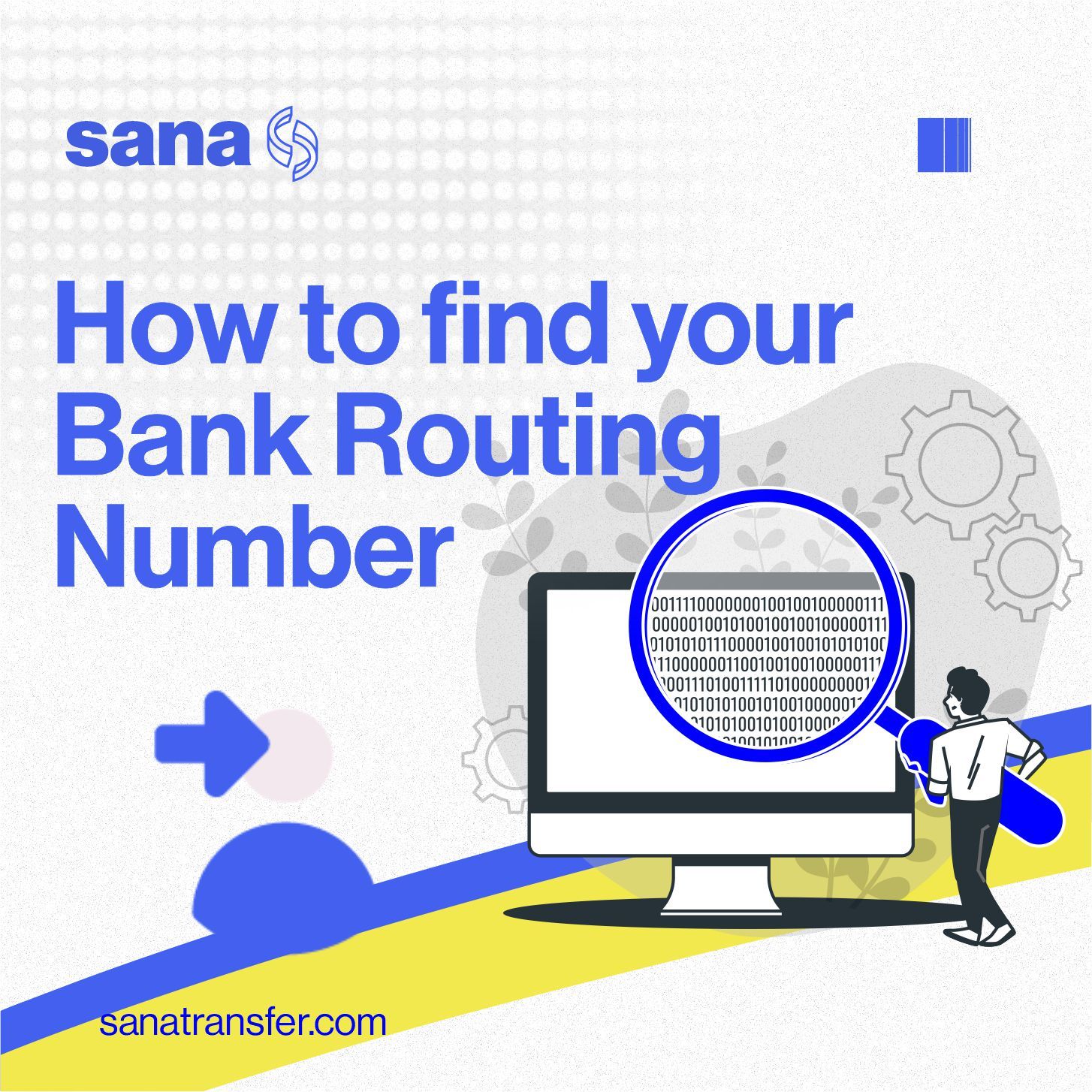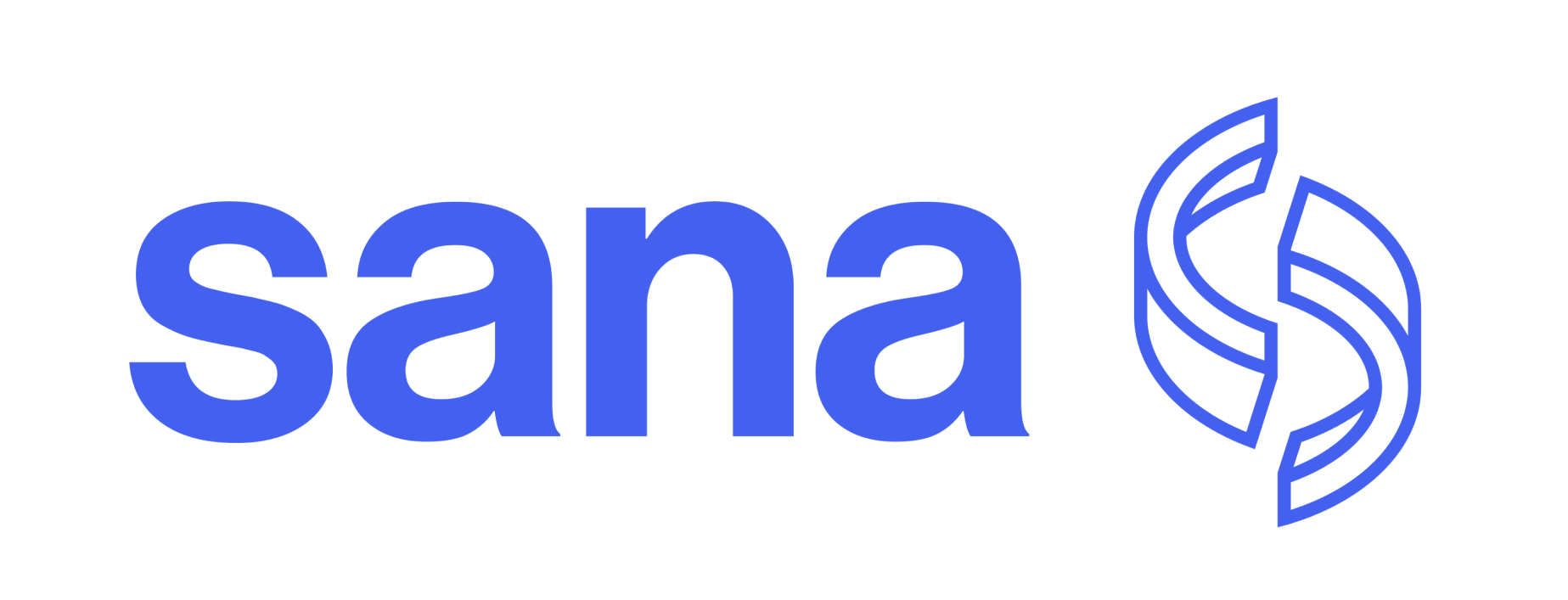How to Find Your Bank Routing Number
Wondering how to find your bank routing number? This article outlines the different ways to.

It is important to learn how to find your bank routing number to send and receive cross-border transfers. This number is important because it enables financial institutions to locate the specific recipient account.
More often than not, you will always be asked to provide a routing number when you want to make an international remittance. This guide provides you with everything you should know to find your routing number.
Let's get down to it.
What is a Routing Number?
A routing number is a special nine-digit code that is used by banks (or financial institutions) to identify other banks (or financial institutions) in the United States. Essentially, these institutions use routing numbers to regulate the trade of money within themselves. It’s also called the American Bankers Association (ABA) routing number or a Routing Transit Number (RTN).
When do I Need my Routing Number?
As stated earlier, you will need to provide your routing number every time you want to execute international financial remittance. Banks and other financial institutions are likely to ask for it when you:
- Pay a bill online or via your phone
- Set up direct deposit
- Make a wire transfer
How to Find A Routing Number
Originally, the routing number was made by the ABA (American Bankers Association) to help simplify the distribution of paper cheques on a large scale. Generally, you can find your routing number on personal cheques, your bank website or even on the ABA’s online database. You can use the most suitable option for you. We’ll be listing other ways to find this number in the subsequent paragraphs below.
Where is the Routing Number on a Cheque?
You can find your personal account number and your routing number at the bottom of your personal cheque given to you by your bank. It is the second set of numbers you will find at the bottom. Most banks give out one free chequebook to new customers.
1. Routing Number
The routing number is the special nine digits number that you will find in the bottom-left corner. Just search for it on your cheque. It is printed in electronic ink with a special font called magnetic ink character recognition (MICR). This enables financial institutions to process cheques easily.
2. Account Number
You can find your account number at the bottom centre of your cheque. It is situated on the right side of your routing number. Your account number is the distinctive identifier for your personal bank account.
3. Cheque Number
You can find the unique cheque number at the bottom right corner of your cheque. This helps you to track the record of all payments you make.
When providing banks with your routing and account numbers, you need to cross-cheque all your entries because any mistake will send your funds to the wrong bank account or lead to a failed transaction. If you notice any error, inform your bank about it immediately so they can bounce back the transaction.
How to Find a Routing Number Without a Cheque
The banks have also made provisions for people who need to find their routing number but don't have a chequebook. You can simply just cheque your bank's website or reach out to your bank’s local branch. Also, you can find the routing number on your monthly statement. Just check the upper right corner and you should find it there.
Note that routing numbers generally differ depending on the bank and region. Hence, one bank can have numerous routing numbers. For this reason, it is important for you to verify that any routing number you find online corresponds to the exact bank branch where you opened an account.
How to find a Bank with a Routing Number (ABA Search)
If you want to find a bank through its routing number, just search for the number on the ABA's website. You can also search for routing numbers on this website by entering the bank’s name as well as its address.
It is possible to get cheques without any bank name. So you can search for the bank name on the ABA’S website using the routing number provided on the cheque. If you receive a cheque without any bank name, there is no need to worry because it can still be processed using your account number and the bank routing number. This is also a reason why you must protect your personal account number at all costs.
What’s the Difference Between ABA and ACH Routing Numbers?
Essentially, ACH routing numbers are used for electronic funds transfers and withdrawals while ABA routing numbers are used for paper cheques. Nowadays, most prominent financial institutions use one routing number for both transactions. Nevertheless, it’s still common to find different ABA and ACH routing numbers for each regional lending institution.
Sometimes, ABA routing numbers are called the "cheque routing number," while the ACH routing number is often called the "electronic routing number" or the "number for electronic transfers." If just one number is listed, it is likely that the bank has the same ABA and ACH routing numbers. However, before using it for any transaction, it is important to still contact your bank.
What’s the Major Difference Between ACH and Wire Transfers?
ACH transfers are basically automated electronic transfers that occur between financial institutions. These transfers are executed using a third-party clearinghouse. Contrarily, wire transfers are simply direct electronic transfers that occur between financial institutions.
Generally neral, wire transfers are processed faster than ACH transfers because they don't need to be cleared by a third party. Wire transfers can be conducted within just a few hours or some minutes after they are initiated, while ACH transfers are likely to be completed within a few days. Also, wire transfers are considered to be more secure than ACH transfers because banks must confirm the transaction before it gets cleared. ACH transfers, on the other hand generally clear automatically.
Banks generally charge between the range of $15 to $65 to execute wire transfers, while ACH transfers are executed for free. Due to the extra charge, it is best to use wire transfers for only essential purchases that involve large amounts, or when your recipient urgently needs to receive the funds.
Bottom Line
The routing number is an important aspect of every financial transaction you need to make. Hence, it is important for you to learn how to find your bank routing number. The fastest way to do this is to check the bottom-left side of your cheque. However, if you don’t have a cheque, just search for it on your bank’s website or on your e-statement. If you are still not sure, contact your local bank.
SanaTransfer offers easy, fast and secure payment services with better rates and faster payouts for international remittance. Sign up now to get started.
